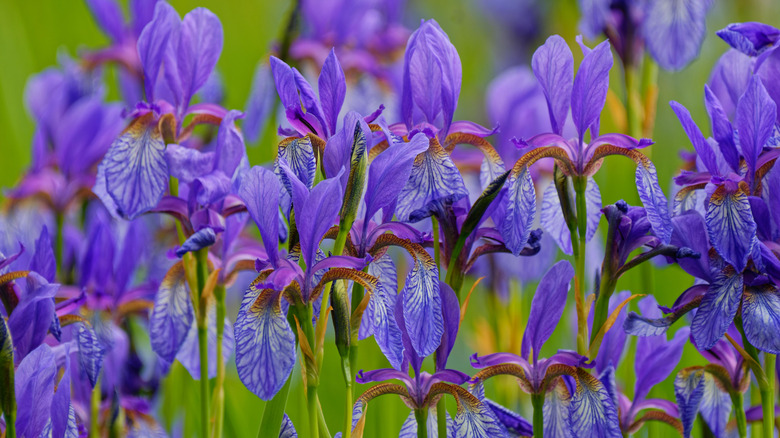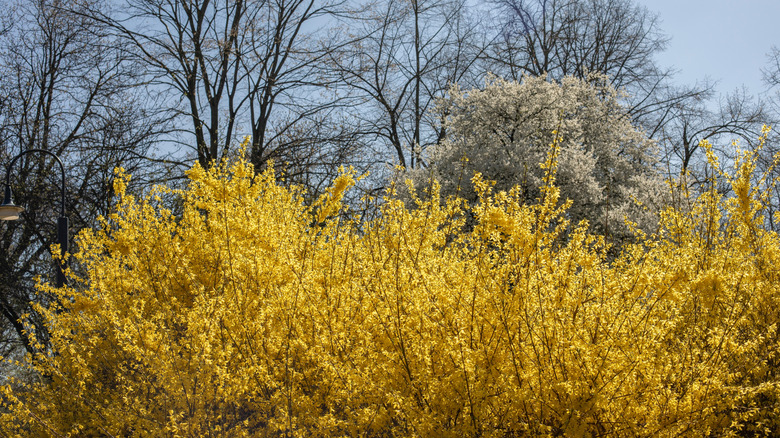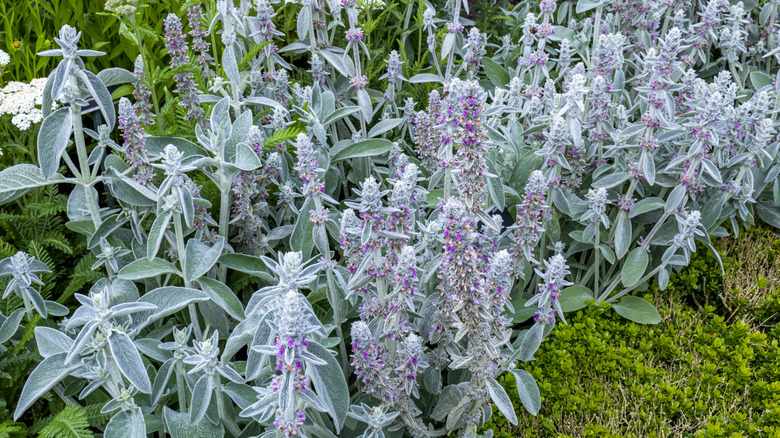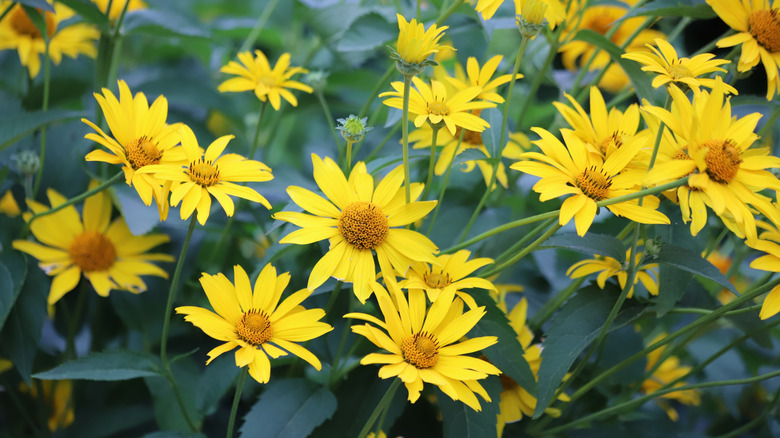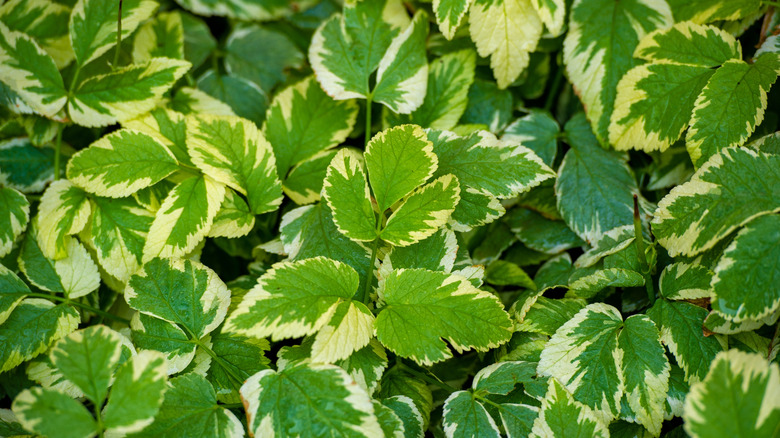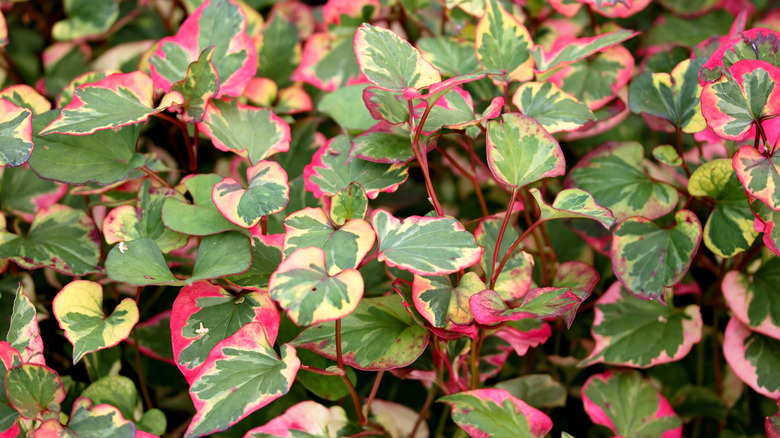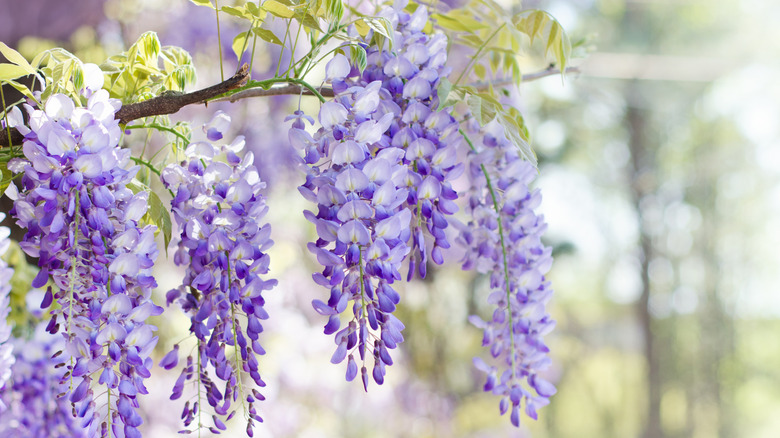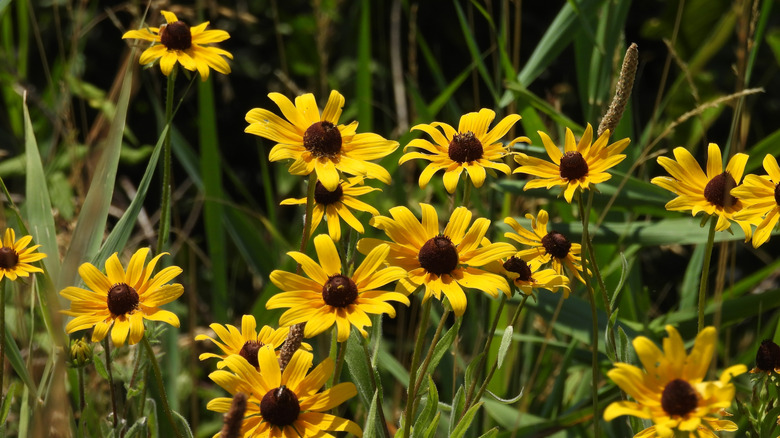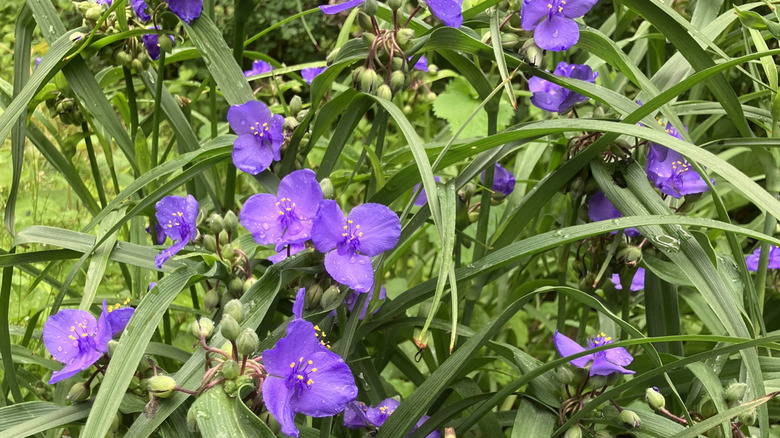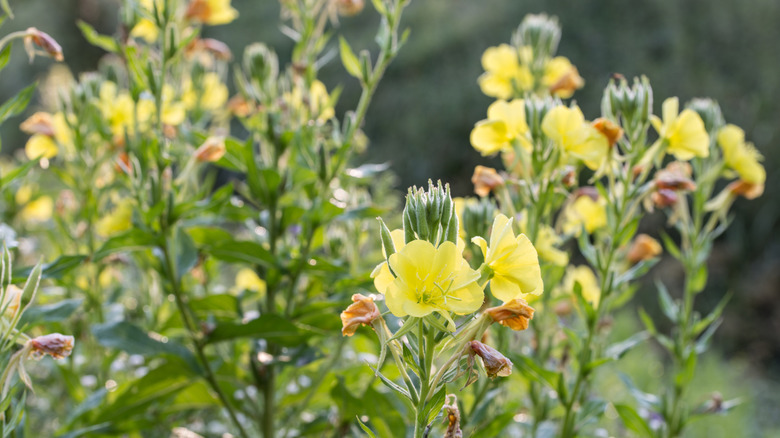11 Popular Perennials That Aren't Worth Planting, No Matter How Pretty They Are
In my work as a professional gardener, I often have to deal with perennials that are problematic. They either spread aggressively, grow too fast, or are difficult to divide and move around. The list of perennials I keep in my head to avoid planting is very long! But I've whittled it down to some plants, vines, and shrubs that people tend to plant because they're pretty but aren't worth the nuisance.
Of course, beauty is in the eye of the beholder, and some people aren't bothered by a plant's aggressive or invasive tendencies. But I've also found that many gardeners or homeowners don't really know how to deal with aggressive plants. For example, instead of pulling out the seedlings from the lawn, they just mow over them, thereby stimulating the remaining root growth to make the plant spread even faster. Then, soon enough, they have a whole colony of unwanted, mature size plants on their hands.
If a plant you love or already have in your yard is on this list, ask yourself if it's worth the bother of the high maintenance caused by its worst tendencies. There may be a good replacement that has gorgeous flowers of the same color, or that covers up that old fence, but is less hassle to deal with. You can also try new solutions, such as deadheading the plant before it goes to seed and keeping to a regular pruning schedule.
Siberian iris
Though Siberian irises (Iris sibirica) have pretty, colorful flowers, the blooms only last a few days. The spiky foliage looks good all summer, but in my experience, these irises are difficult because of their dense root systems. Unlike German irises, whose rhizomes have shallow roots and are easy to trim and divide, Siberian irises have thick roots that are hard to divide. They're also susceptible to being overcome by other plants. Even when planted in their own section, they can become entangled with plants like bishop's weed, lily of the valley, or vinca, all of which spread via small roots.
Forsythia
If a client asks me to plant a forsythia, I always try to talk them out of it. Many people have a nostalgic attachment to these shrubs, which produce bright yellow flowers in early spring. But forsythia can grow enormous, with very deep roots, making them difficult to dig up. Also, if they're not pruned regularly, the branches can develop unsightly bumps known as "crown galls," which eventually damage or kill the plant. For lovely yellow flowers in early spring, I recommend a Japanese kerria (Kerria japonica). It's hardy in zones 4 to 9 and can be cut back every year. Note that it's invasive in Oregon.
Lamb's ear
Okay, I actually think lamb's ear (Stachys byzantina) is pretty! Silvery fuzzy foliage, tiny magenta flowers, what's not to love? Well, unfortunately, lamb's ear plants have two unpleasant characteristics: They spread rather aggressively in the garden, and they become very unsightly late in the season. The flowers fade, the leaves turn mushy and look moldy, and it's a fair bit of work to clean up after them, so I usually avoid planting this perennial. For a nice silvery ground cover, try 'Silver Mound' artemisia (Artemisia schmidtiana 'Silver Mound'). It's hardy in zones 3 to 7, it likes partial to full sun, and it does best when divided every other year.
False sunflower
I've worked in some clients' gardens with false sunflowers (Heliopsis helianthoides), and in my experience, these are very aggressive and are almost impossible to get rid of once they start to spread. They're also not very well-behaved flowers, in that they tend to flop over after rain or in the wind. I really don't recommend false sunflowers in the garden for anyone! For bright yellow daisy-like flowers that bloom in summer, go for plants in the helenium, coreopsis, or echinacea genera. Even black-eyed Susans are preferable to these garden pests.
Bishop's weed
My parents had bishop's weed (Aegopodium podagraria) planted alongside our house, along with orange ditch lilies (Hemerocallis fulva, the native day lilies). Both are invasive but were common landscape plants in those days: Like forsythia, there's a nostalgia factor in play. Also called "snow in summer," "snow on the mountain," and "goutweed," bishop's weed has spreading roots that must be removed entirely in order to eradicate this plant, which is very time-consuming: Ask me how I know! For a less troublesome variegated ground cover, try a deadnettle (Lamium) that's not invasive in your state. It spreads but is much easier to control.
Chameleon plant
Chameleon plant (Houttuynia cordata), also known as the rainbow plant, or heart leaf, is a colorful ground cover with heart-shaped silvery green leaves edged with cream and pink and gets tiny white flowers in late spring. Sounds gorgeous! And it is, but this plant spreads aggressively (and is listed as invasive in New Jersey), tends to crowd out other plants, and can be difficult to control or get rid of. Also, it has a pungent odor that many gardeners (including me) find unpleasant. It can be planted on its own, perhaps as a woodland ground cover, to be enjoyed at a distance.
Wisteria
There's no match for the flowers of the elegant wisteria: pendulous, delicate flowers of white, purple, or pink, with a delicious floral fragrance. Alas, this vining plant is fast growing, and its strong vines are aggressive and destructive, wrapping themselves around trees, utility poles, and buildings, doing incredible amounts of damage. Some species in the genus, including Japanese and Chinese wisteria, are listed as invasive in several states. If trained as a tree, or planted with sturdy arbor supports of iron or heavy wood, wisteria can be a gorgeous addition to your yard. But have a plan in place, or before you know it, wisteria will take over your garden.
Rose of Sharon
Don't get me wrong, I love these shrubs: the large, colorful flowers bloom for weeks in mid to late summer. Rose of Sharon (Hibiscus syriacus) also makes great flowering hedge shrubs. But they produce many seedlings that can be annoying to deal with. If you don't mind constant weeding, and this shrub isn't listed as invasive in your state, then you should absolutely plant it. The seeds don't usually travel too far, so if you mulch around the base of your shrub heavily as tiny new seedlings appear, this helps to control them. It also mulch makes it easier to remove the seedlings once they take hold.
Black-eyed Susans
These garden favorites are, again, a nostalgic flower many people remember from childhood. The common black-eyed Susan, also known as gloriosa daisy, is a type of rudbeckia (Rudbeckia hirta), a clumping perennial that grows fast and is easy to divide. However, this one is the cultivar most likely to be rather aggressive in your yard, reseeding freely and vigorously. There are some newer hybrid rudbeckias that offer plenty of colorful daisy-like flowers without the fast-spreading qualities. Try 'Prairie Sun' (yellow with green eye) or 'Cappuccino' (orange with burgundy center petals), or a more traditional yellow and black 'Goldsturm.'
Spiderwort
Spiderwort (Tradescantia spp.) is a clumping perennial with long spiky leaves and tri-petaled flowers in shades of purple, blue, pink, and white. Many people love the colorful flowers, but I find this plant to be aggressive and unwieldy in the garden. It reseeds to create new clumps, and even if dug up by the roots, one small root section left behind will continue growing. If you plant spiderwort, be prepared to do battle with it spreading throughout your garden, or in inconvenient spots like sidewalk cracks and next to foundations. Note that two species in this genus, white-flowered spiderwort and boatlily, are listed as invasive in Florida.
Evening primrose
This columnar plant produces pretty cup-shaped pale yellow blooms in summer. But be warned: Common evening primrose (Oenothera biennis) will spread through your garden by reseeding and may cause you to regret planting it. The pink version, showy evening primrose (Oenothera speciosa), is also quite aggressive. For similar columnar-shaped plants that have yellow or pink flowers, try foxgloves, lupines, or hummingbird mint, all of which are much less likely to spread uncontrollably.

